
Sandia employee Andrew Harvey squeezes a cow toy to encourage blood flow during the blood drive in June, 2023.
Sandia employees donated 145 pints of blood during the drive — a win for New Mexicans in need of blood.
Learn more at: bit.ly/3HdLaRH
Photo by Craig Fritz

Sandia researcher Ryan Schoell uses a specialized transmission microscope technique to study fatigue cracks at the nanoscale.
Learn more at: bit.ly/46ULj6J
Photo by Craig Fritz

Sandia quantum physicist and optical engineer Jonathan Sterk points to the section of an ion trap where trapped ion qubits travel.
Learn more at: bit.ly/44466mY
Photo by Craig Fritz

Sandia electrical engineer Ray Haltli optimizes parameters before placing gold wire bonds on an ion trap.
When ready, the machine runs automatically, placing up to seven wires per second.
Learn more at: bit.ly/44466mY
Photo by Craig Fritz

The Enchilada Trap, a new world-class ion trap, is a central component for certain quantum computers.
The device enables scientists to build more powerful machines to advance the experimental but potentially revolutionary field of quantum computing.
It was manufactured in Sandia’s Microsystems Engineering, Science and Applications fabrication facility.
Learn more at: bit.ly/44466mY
Photo by Craig Fritz
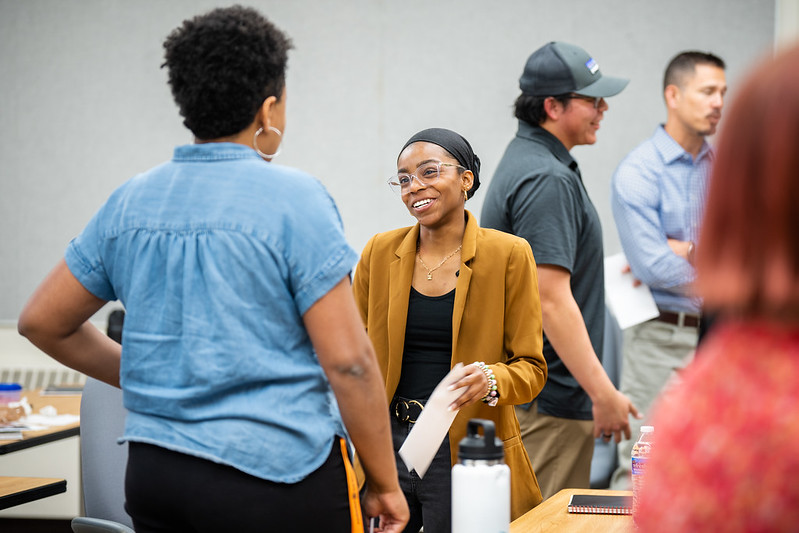
Lindsey Lubin, center, introduces herself to Dana Figueroa during a June 7, 2023 orientation for Sandia’s Critical Skills Recruiting Program.
Participants Lindsey and Dana will attend Georgia Tech and New Mexico Tech, respectively, fall ‘23 to pursue graduate degrees.
Learn more at: bit.ly/3SfCoZs
Photo by Craig Fritz

Subcontract manager Carolyn David worked closely with the Sandia ergonomics team to ensure that the positioning of her keyboard, mouse, wrist pads, desk and monitor at her home office are ergonomically correct.
Learn more at: bit.ly/3HiqpUM
Photo by Craig Fritz

Sandia subcontract manager Carolyn David scheduled a visit with the Sandia ergonomics team to properly fit her workspace at home.
“The difference is huge. It all equates to good form and that impacts my health, longevity and productivity,” she said.
Learn more at: bit.ly/3HiqpUM
Photo by Craig Fritz

Aerosol scientist Michael Omana and his team created a new way to test PPE using a more human form.
Learn more at: bit.ly/48P18ND
Photo by Craig Fritz

Sandia scientist Ashok Kodigala aligns a fiber to a chip-scale, heterogeneously integrated laser under a microscope at the MESA complex.
Learn more at: bit.ly/3RLv3ks
Photo by Craig Fritz

More than a thousand experimental lasers and amplifiers adorn a three-inch, gold-electroplated silicon wafer made at Sandia’s Microsystems Engineering, Science and Applications complex.
Learn more at: bit.ly/3RLv3ks
Photo by Craig Fritz

Sandia global security staff works with a team from a private Canadian nuclear power plant during a cyberattack exercise on May 17, 2023. The mock cyberattack was followed by a simulated physical intrusion. The exercise was the culmination of two-year project involving Sandia, Idaho National Laboratory and Canadian Nuclear Laboratories.
Learn more at: bit.ly/43PNVkI
Photo by Craig Fritz

Labs Director James Peery, right, waves a pride flag atop the Sandia float as it moves down Central Avenue during the Pride parade.
Learn more at: bit.ly/41UYofo
Photo by Craig Fritz

Sandia employee Mary Guth joins the Sandia float during the Pride parade in Albuquerque.
Learn more at: bit.ly/41UYofo
Photo by Craig Fritz

Engineer Claudia Hartline, center, waves the transgender flag as Sandians walk down Central Avenue during the Pride parade in Albuquerque on June 10.
Learn more at: bit.ly/41UYofo
Photo by Craig Fritz

Albuquerque Mayor Tim Keller returned to the Labs for the first time since 2018 to address Sandians as part of the latest installment of the Community Engagement Speaker Series.
Learn more at: bit.ly/3NGIte3
Photo by Craig Fritz

Cyber systems research manager Sean Harris is a 19-year employee of Sandia and was an early participant in the HMTech Program. He credits the program with introducing him to Black people working in STEM and inspiring his own career path.
Learn more at: bit.ly/3rluxhY
Photo by Craig Fritz

Robert Anderson, left, and Tian Ma developed a new, patented software system, currently used by the U.S. government, that gives remote sensing equipment like satellites, drones and security cameras a major performance boost in detecting small moving objects from far away.
Learn more at: bit.ly/3XGG6MY
Photo by Bret Latter

Nuclear engineer Matt Allen hands off the pride flag as it is passed down a line of participants before it is raised outside the administrative office at Sandia New Mexico.
On June 1, Sandia raised the pride flag to kick off Pride Month and celebrate the LGBTQ+ staff members who help fulfill the Labs mission.
Learn more at: bit.ly/41Vj2w2
Photo by Craig Fritz

Gary Arnold, CEO and founder of Know Biological, holds part of a miniaturized sensor system designed by Sandia biomedical engineers. The sensor can detect gases released from the skin of people with epilepsy before a seizure.
Learn more at: bit.ly/46l4ckn
Photo by Craig Fritz
-

A Day in the Life of Sandia -

People of Sandia -
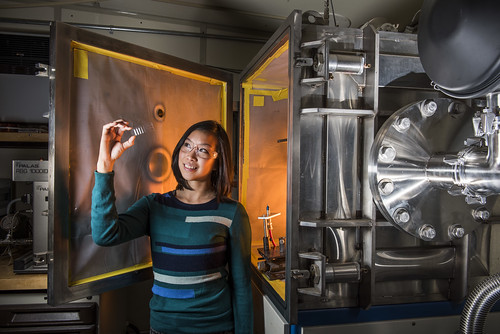
#WomenInScience -
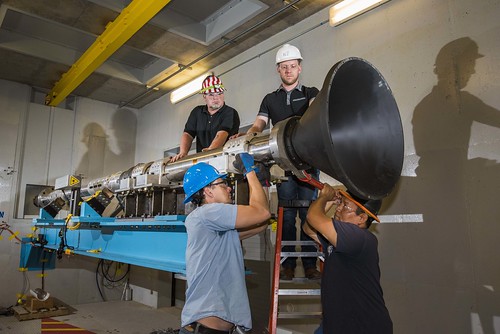
Aerospace -

Basic science -
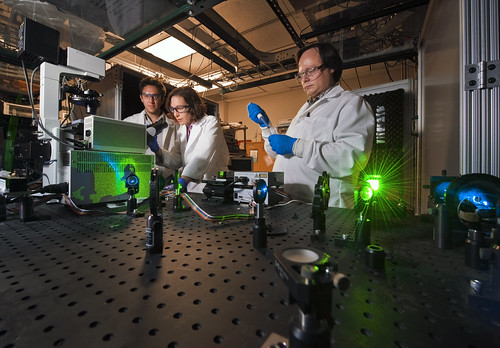
Biosciences -
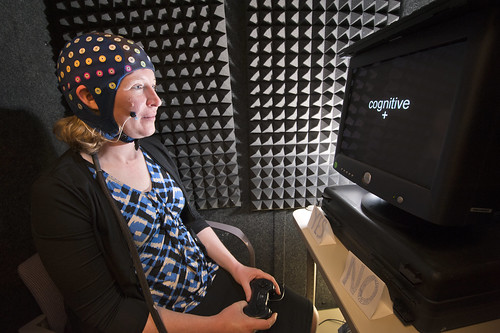
Cognitive science -
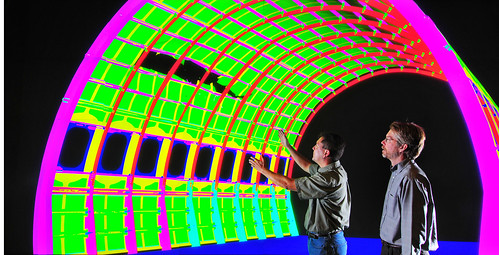
Computing -
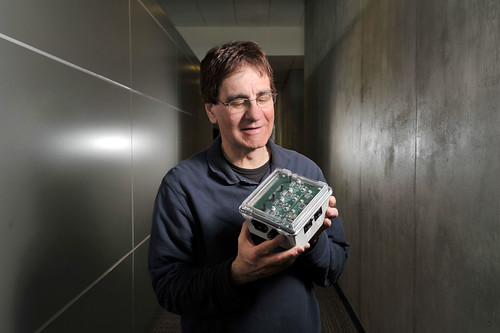
Energy, Environment, Water -
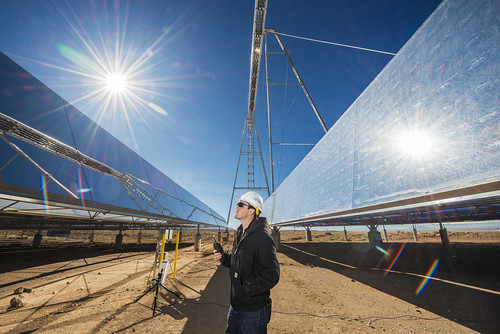
Solar Energy -
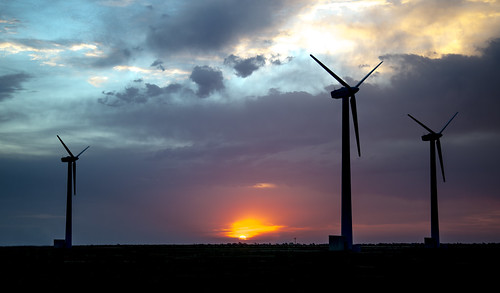
Wind Energy -

Large-scale Testing -
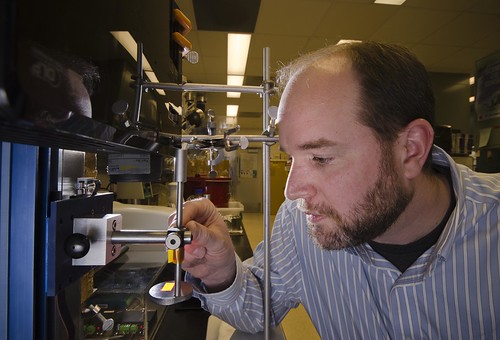
Materials Science -

Medical -
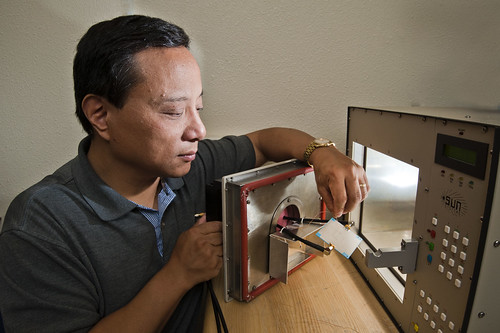
Microelectronics -

Nanotechnology -
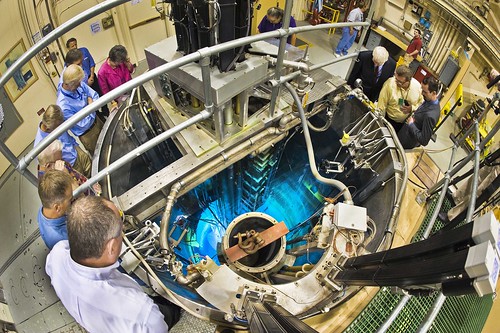
Nuclear Science -
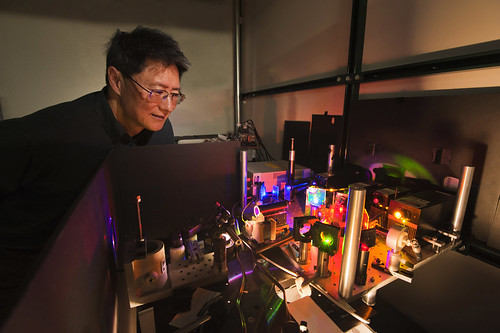
Photonics -
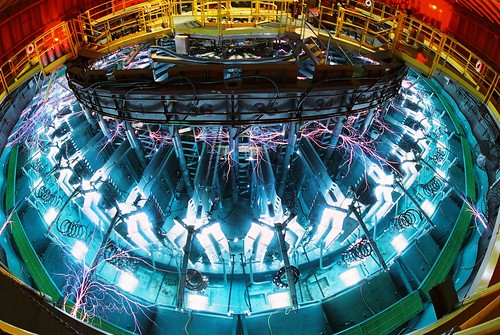
Pulsed Power -

Robotics -
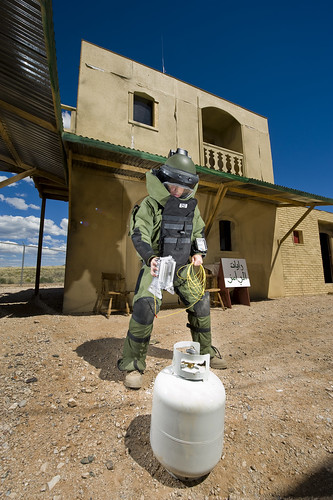
Security and Defense -
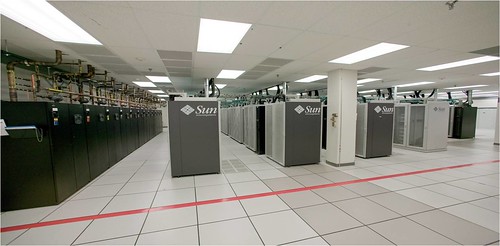
Supercomputing -

Sandia's Security Force -

Wildlife of Sandia Labs -

History -
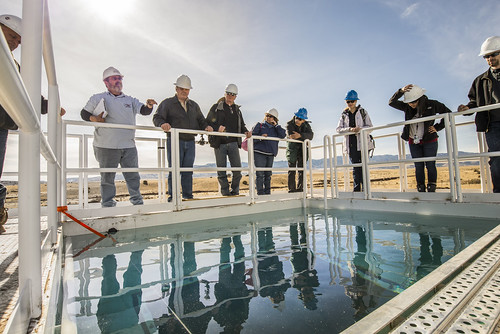
Davis Gun -
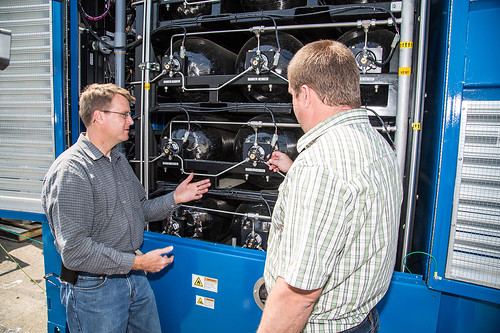
Maritime Hydrogen Fuel Cell Project -

Chelyabinsk Asteroid Airburst -

Sandia Guided Bullet -

Willis Whitfield -

Facilities -

Combustion Research Facility -

Joint BioEnergy Institute -

Pete V. Domenici National Security Innovation Center Dedication -
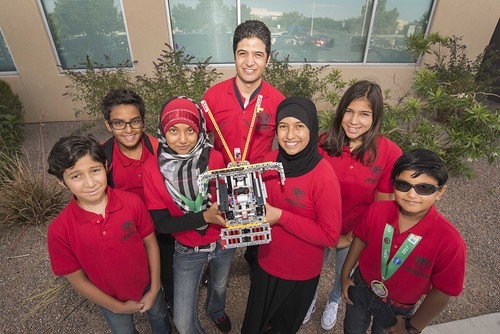
Community, Education -

CSI: Dognapping -

My Brother's Keeper Day -

STEM Mentoring Cafe -

Minority Serving Institute Partnership Program -

Events -

2016 Kirtland Air Force Base Air Show -

Annular Solar Eclipse -
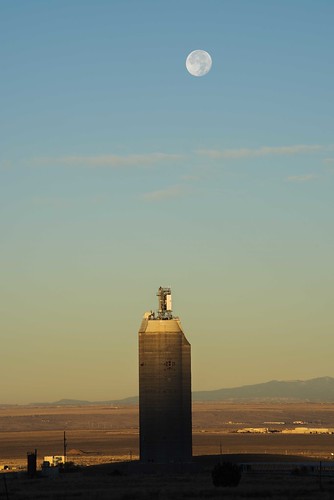
Supermoon 2016 -

2011 Robot Rodeo -
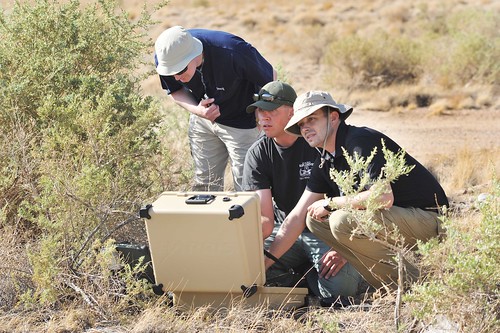
2013 Robot Rodeo -
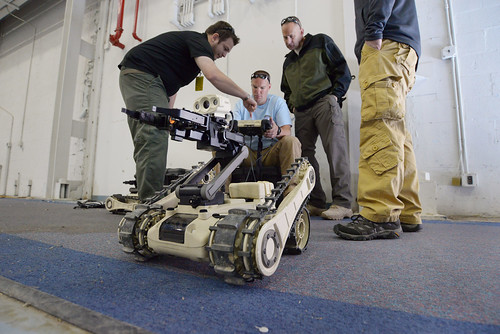
2015 Robot Rodeo -

Sec. Chu Visit, 2012 -

Sec. Moniz Visit, 2013 -
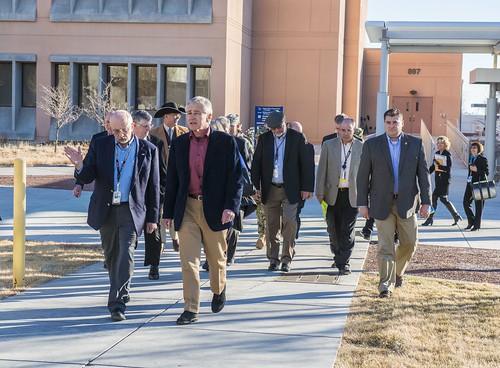
Sec. of Defense Visit, 2014 -

Sec. Jewell Visit, 2015 -

Sec. Perry Visit, 2018 -

Sec. Granholm Visit, 2022 -

Frank Klotz Visit
Members of the media are welcome to download and use these images and photos. Please credit either the photographer or Sandia National Laboratories.